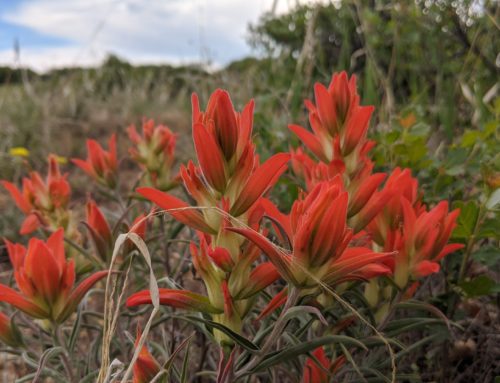I had the opportunity to see about 20 start-up companies in the CPG natural food startup category that showcased their products at a recent event. All were small CPG natural food startups no more than 4 years old – half were probably less than 1-year-old. I went around to each one, tried products and asked questions. I was most interested in different ways companies market and distribute to get ideas for my work. Following the event, I spent a few days mulling over what I learned and which companies I thought had the best growth prospects. I thought through a number of characteristics that these companies must have in the small natural food category to succeed.
The first characteristic is a unique product or products with distinct features and benefits. For food, that could be new ingredients not generally used before. Or, ingredients prepared and/or combined in a certain way. Another is a different delivery system, like drinking vs. eating, vs snacking not utilized before for a given set of ingredients. Or, it could be increased shelf life or packaging that increases the freshness. Basically, a set of features and benefits that make the product unique and different.
A second characteristic is taste, which in food, as I have learned, is king. You can’t simply rest on the fact that your product provides some functional benefit (like keeping you full without the added calories). If it does not taste good, you eventually lose your customers. Taste, of course is relative. You really can’t compare a traditional white flour pizza crust to a gluten-free pizza crust. The former just tastes better, either way you look at it. But, if the latter does not taste good, the consumer won’t eat it. They will find a competitor that has worked out a better taste or just not eat it at all.
Third is image, or the presentation of the company and brand in the logo, packaging and name. I like these elements to be distinctive, such that they will catch my eye from afar without knowing anything about the product. They also must be distinctive from competitors or the category in which they would be classified.
The last element is story, or why the company or product exists. We always like to hear a good story about how a company started in the kitchen, infused with the personality, background and unique experiences of the founders, which is a good thing. This is an OK story, but not really captivating like it use to be when starting a company and being an entrepreneur was unique. A better story is why the product(s) were developed, such as to treat a sick family member. People like stories which give a product or service meaning, a reason for being other than just to make money.
These elements can all be developed in any company. I saw some of each element in all the companies, but maybe only a few that seemed to be on the path to doing so. But the challenge faced by each company, not just at this event but common to probably every small CPG food start-up, is marketing and distribution.
I would like to have the opportunity to buy most of the products I saw at this event. They were high quality, great tasting foods, some with great functional benefits. But there are not available in my local natural grocery store where I shop. An online purchase with S&H can get expensive, especially for some of the refrigerated and frozen products.





